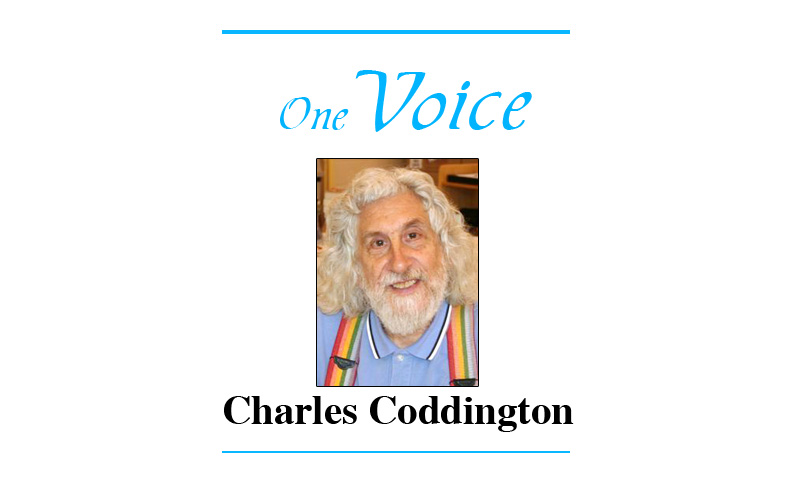
Confessions of a taxi driver, part three:
In my previous essay in this series, I designated a group of “Crackerjacks” as “Pushers,” as they tend to “push” other drivers out of their way because they are in such a bloody hurry to get somewhere, anywhere, even though the urgency is completely in their imaginations.
In this essay, then, I present the “Obstacles,” that is to say, those drivers who create a hazardous environment in the flow of traffic. Their behavior is such that normal drivers wish they (the normals) had stayed home in bed. Obstacles can be easily thwarted (as you will soon learn), but the effort requires a great amount of willpower.
To wit:
•Blessed are the “Rollers,” for they shall live in sufferance of each other. We’re all rollers, dear reader, to one degree or another. The problem is that the true rollers create a traffic hazard. At stop signs and traffic signals, they apply their brakes ever so slightly, roll to a “stop” for a second or two, and keep on trucking. The more activity at a given intersection, the greater the hazard, and some drivers become “Horn-honkers.”
Where are the drivers who actually stop and/or allow a driver to their right to proceed before he/she does? Gone to ground, I’ll wager. But have heart, dear reader, be a “Short-cutter” and give rollers their just desserts.
•Blessed are the “Blind-siders,” for thy shall live in rejection. The blind-siders are the half-brothers/sisters of the tail-gaters. If you are quick enough, dear reader, you will spot them out of the corner of your eye; they do not sit on your rear bumper, but on your left-rear fender where they are half hidden. And they stay there, like, forever, pacing you enough to prevent you from changing lanes; you must either slow down or speed up – depending upon traffic conditions –in order to escape their clutches.
Blind-siders do serve one useful function, however. They act as heavy interference against weavers (which drive the latter absolutely crazy!).
•Blessed are the “Smokers,” for they shall live in confusion. Automobiles smoke just as much as, and perhaps more than, human beings. When their engines (the automobiles, not the human beings) haven’t been tuned for several years, they start burning oil; humongous black clouds belch out and fill all available space. These clouds can be visible for dozens of miles, and the odor which accompanies the smoke almost as far. A dead skunk is more aromatic in comparison.
The best one can hope for is that the smokers (the drivers, not the automobiles) asphyxiate before you do.
•Blessed are the “High-beamers,” for they shall live in solitude forever and ever. High-beamers have congenitally poor eyesight. Their world is perpetually dark, and they need as much light as they can manufacture in order to maneuver through the world. Even a well-illuminated street/highway is a challenge; the high-beamers perceive dimly and go straight to “flood-light” mode.
Obviously, the high-beamers cannot be ignored. When they appear, you must follow the “Iron Rule” and do unto them when they do unto you.
•Blessed are the “Later-turners,” for they shall live in confusion. You’re cruising down the street/highway, dear reader, when the driver ahead of you slams on his/her brakes and makes a turn (left or right, it makes no difference). He/she may have turned on his/her turn signal, but more than likely he/she has had other matters in his/her mind and has forgotten to do so. If you are quick enough, you will apply your brakes just as quickly.
Later-turners produce as much brake-jamming, horn-honking, cursing, and hand-gesturing as anything else which has been discussed so far. That’s why you should not be a tail-gater, dear reader.
In the next exciting installment, I’ll present the final sub-category, the “Pests.” Meanwhile, keep smiling as you’re cruising down the streets/highways. Hey, it can’t hurt!
Just a thought.

